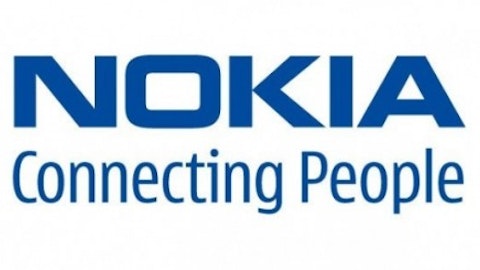The latest word I’ve been hearing in regards to the popularity of dividend companies is “bubble.” People are arguing that many dividend stocks are being bid up in a frenzy of income hunting, and that eventually the frenzy will hit a saturation point and the bubble will burst.
I argue that dividend companies, by their very nature, are incapable of sustaining bubble-like price increases. Because the dividend yield is tied to the price, it is naturally self-deflating. As the price rises, the dividend yield decreases, so the company becomes less attractive as a dividend-payer.
A company that trades at $20 and yields 3% will yield only 2.5% at $24 (a 20% stock price increase, 18% dividend yield decrease). At $26, a 30% share price increase, the yield will decrease to 2.3%, or a 25% reduction.
So, as a hot dividend stock gets priced higher and higher, sooner or later the dividend drops low enough that income investors are no longer interested, and they will sell. And the price will drop, until the dividend yield is attractive again.
I recently read an article on InvestorPlace.com that discusses this bubble, and urges investors to “get in on it” before the bubble bursts. The author then names five companies that he feels still have room to appreciate despite having already hit new highs.
In this article, I will examine those five companies based on my own system, and see whether or not I believe they are worth buying at this point.
In my examination, I review companies based on seven different criteria: yield, number of years paying and raising dividends, five-year Dividend Growth Rate (DGR), five-year projected Earnings Growth Rate (EGR), total return for the past twelve months, PE, and payout ratio. I feel that this selection covers the past dividend-paying history, the potential future earnings growth, and the valuation of the company.
I constructed a ratings system that awards points for each of the previously named criteria. A “perfect” score would be 28 points, with 4 points awarded in all seven categories. I used this system to select 10 companies for what I call my Perfect Dividend Portfolio.
The first company is , an oil and gas company. The article cites the company’s excellent cash flow and 2% dividend as reasons to buy, and the author is impressed by its 23% year-to-date price increase.
The company is currently trading at approximately $66 and yields 1.90%. It has paid dividends only since last year, and it has returned 112% over the past twelve months.
Other metrics that I use when calculating a rating for a dividend company include analysts’ five-year annual growth estimate (N/A) the company’s PE (8.5), and its dividend-payout ratio (10%).
Frankly, I don’t find Phillips 66 very compelling as a dividend stock. It scores a 12 on my ratings system. Yes, its stock price has had an impressive run over the past twelve months, but if you want a dividend-paying company in the oil and gas sector, try Chevron Corporation (NYSE:CVX), which I analyzed and selected for my Perfect Dividend Portfolio in April.
The second company is The Procter & Gamble Company (NYSE:PG), which I reviewed earlier this month, and which scored an 18. If I were still choosing companies for my portfolio, it would have definitely qualified. Its yield at 3.10% is on the lower side of my preference, but it’s a steady, reliable payer and it definitely merits consideration for a dividend portfolio.

And with the stock price up 25% in the past twelve months, less than the 29% rise in the S&P 500, it hardly qualifies as a bubble, in my opinion.
The third company on the list is The Coca-Cola Company (NYSE:KO), another company that I analyzed earlier this month, which scored a 15 on my ratings system. Coke is yielding only 2.60%, the share price is up only 15% versus this time last year, and the PE is a bit higher than I like at 22. The company is, however, a rock-solid dividend payer, having raised dividends consistently for 59 years.
Again, I don’t consider this company in a bubble, and I believe there are better-yielding companies that are just as safe and reliable.


